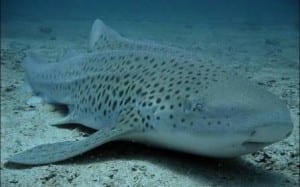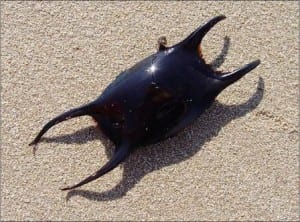Specimen of the Week: Week Thirty-Seven
By Emma-Louise Nicholls, on 18 June 2012
 Having let other people choose the Specimen of the Week for the last two weeks I decided that this week, as I was in the pilot’s seat again, I would choose my favourite animal. You may think that would immediately tell people who know me well what this blog is going to be about, but I, as anyone who knows me well would tell you, have 27 favourite animals. It’s true, I have a list on Facebook, it’s that official. Choosing between them was hard, but eventually I decided that this week’s specimen of the week is…
Having let other people choose the Specimen of the Week for the last two weeks I decided that this week, as I was in the pilot’s seat again, I would choose my favourite animal. You may think that would immediately tell people who know me well what this blog is going to be about, but I, as anyone who knows me well would tell you, have 27 favourite animals. It’s true, I have a list on Facebook, it’s that official. Choosing between them was hard, but eventually I decided that this week’s specimen of the week is…
**!!!The Zebra Shark!!!**
1) Now then, what would you expect a zebra shark to look like? Bright yellow with black spots? Yes, you’re absolutely right you clever thing. Don’t you go calling zebra sharks- leopard sharks though, the leopard shark is a very different species. The real leopard shark is white with black stripes. Not really. Whilst adult zebra sharks strongly resemble leopards (in terms of colour and pattern, not in terms of fur and claws), the juveniles do not. They are darker in colour and do in fact have vertical, white stripes. Hence the confusing and tenuous yet vaguely understandable common name; the zebra shark.
2) Adult zebra sharks have prominent longitudinal ‘skin ridges’, that resemble the metal supports inside the taught paper skin of a Chinese lantern. The only other shark to have these prominent ridges is the humongous whale shark. Which curiously is also covered in spots.
3) The caudal, or tail fin, of this species is much longer than in the average shark. This is because they are benthic, i.e. one of the many shark species that sit on the sea floor and spit on the theory that all sharks die if they stay still. A large caudal fin provides excellent lift power for when they decide to get up.
4) Benthic species are able to remain stationary as they are capable of pumping water through their gill slits, of which the zebra shark has five on either side of the head. This means that, unlike pelagic sharks (the ones that swim around all day in the water column), benthic sharks are able to extract oxygen from the water, even when stationary.
5) Female zebra sharks lay a number of large, purple-black eggs, which get anchored to the sea floor via hair-like fibres. These fibres prevent the eggs from rolling away with the current. Did you know that the black things you find on beaches and your grandparents call ‘mermaids purses’ are actually the empty egg-cases of sharks and (more often) rays?
.
2 Responses to “Specimen of the Week: Week Thirty-Seven”
- 1
- 2
 Close
Close





[…] filter-feeding ones. They come in blue, yellow, grey, black, silver, with stripes, with spots, with stripes that turn into spots. Sharks just rock. Which do I prefer, sharks or cookies? What about sharks that make cookies? That […]